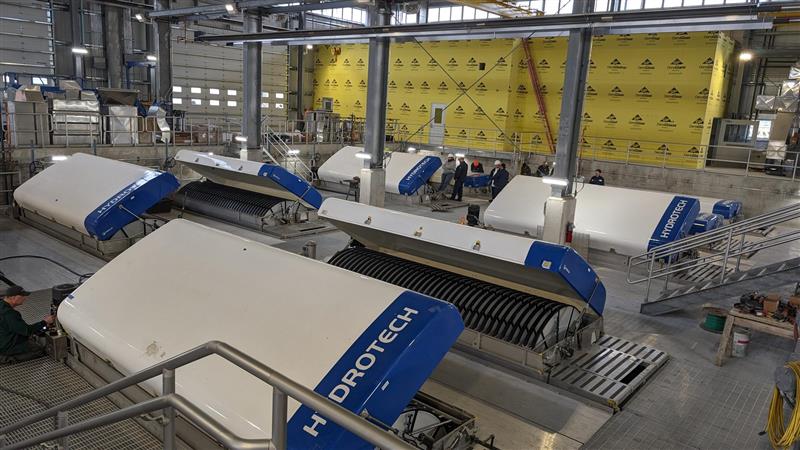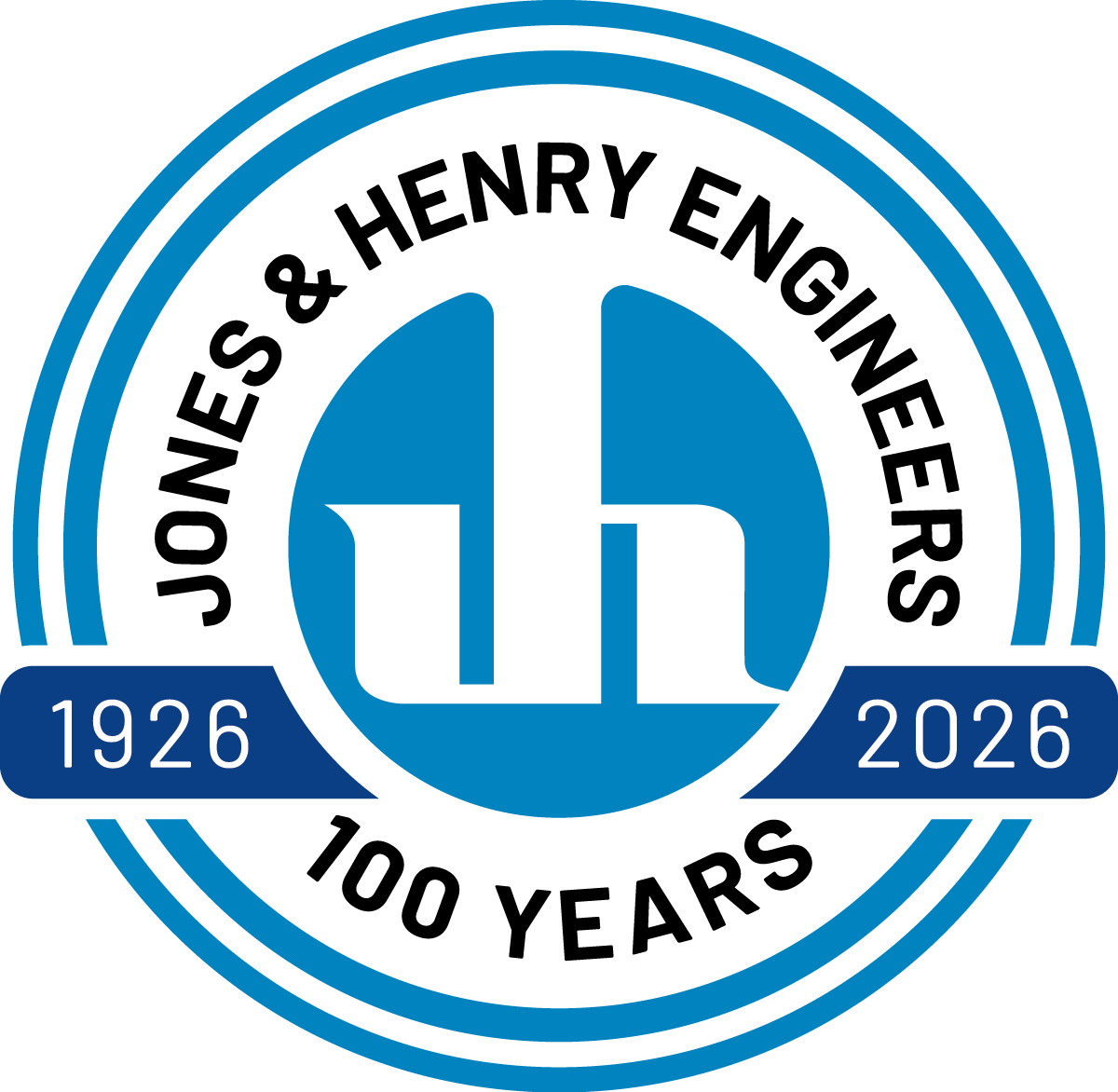
The City of Kalamazoo (City) Water Reclamation Plant (WRP) is a powdered activated carbon treatment plant with a maximum instantaneous flow rate of 94.6 million gallons per day (mgd) and a daily average flow rate of 54 mgd. The WRP has historically utilized rapid sand filtration as its tertiary treatment. After years of ongoing maintenance and repairs, the rapid sand filtration process needed significant capital investment to revitalize the process components, structure, and buildings. Due to the projected expense, it became prudent to evaluate all the potential repair and replacement technologies. Jones & Henry worked with the City to study and perform a cost/benefit analysis of rehabilitation of the existing system or replacement with microstrainer (disc filter) tertiary treatment. Ultimately, our report recommended a new microstrainer tertiary treatment system. This newer technology offers significant operational and maintenance advantages while reducing the footprint needed for tertiary treatment of wastewater.
Jones & Henry worked with the City and several vendors to perform site visits to view the available equipment options. These visits allowed the project team to identify key features desired for the new system. Jones & Henry finalized the design of the microstrainer (disc filter) equipment and developed a procurement bid package. The City selected a vendor to provide the equipment and Jones & Henry began work designing the remaining project elements. As with most wastewater plants, space is extremely limited at the WRP. It was determined that a previously abandoned final clarifier tank would make the perfect site for the new facility. This location provided the advantage of limiting piping and channels which allow the new treatment system to fit into the existing hydraulic profile.
The construction of a new facility also provided an opportunity to deal with a microplastics problem that had plagued the WRP for a long time. A pulp and paper recycler, located just outside of the WRP front gate has been discharging gum-wrapper sized plastic sheets to the WRP. The existing sand filters would capture the microplastics but provided no way to remove and discard them. Instead, the plastics went back into the WRP treatment stream with the rest of the tertiary backwash. The new facility is designed with a 2mm perforated plate screen which should remove the microplastics and, over time, eliminate the plugging problems that these plastics have caused over the years.
The project was publicly bid with Davis Construction being awarded the contract. Jones & Henry has been retained by the City to perform construction administration and full-time observation.

